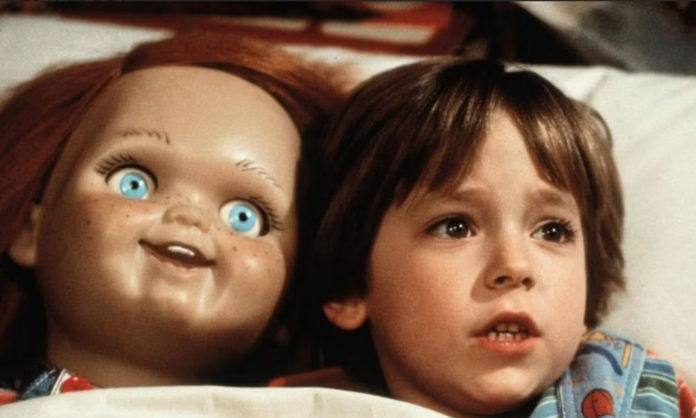In an article for Writer’s Digest, Maureen Kilmer shares six tips for writing domestic horror. “When I first began writing the book that would become Suburban Hell, it didn’t start out as horror,” she says. “Instead, I wanted to tell a comedic story about suburbia, involving the sometimes suffocating closeness of people knowing each other’s business, the everyday kind of scares, and also the true friendships that can form.” But, as she wrote, Kilmer felt like something was missing. She soon realized she needed demons.
Along the way, she learned these tips for writing horror in a normal domestic setting.
- Ground the horror in real life. “Much of horror is really about holding up a mirror to our deepest fears, and the threats to our normal lives,” she says. “It’s the real-life scares, everyday situations that really hit us hard.”
- Exploit your hero’s deepest fears. “Establishing what your characters are most afraid of in the beginning of the story can foreshadow what they must overcome by the end of the book,” Kilmer writes.
- Explore a genre mash-up. For Kilmer, blending comedy and scares was the right mix for her novel.
- Read widely across the horror genre. Know your genre! Other horror novels can inspire you, help you avoid pitfalls, and understand the tropes readers expect and how to undermine them.
- Consider the reader. “Everyone comes to a book with their own unique life experiences, and not everyone will imagine the monster under the bed in the same way,” Kilmer says. “So, feel free to hold back on a few things, to let their imaginations run wild, and to make it a personal experience for them.”
- Let your monster have a purpose. If the reader understands why your monster acts the way it does, you can make their choices more terrifying.












